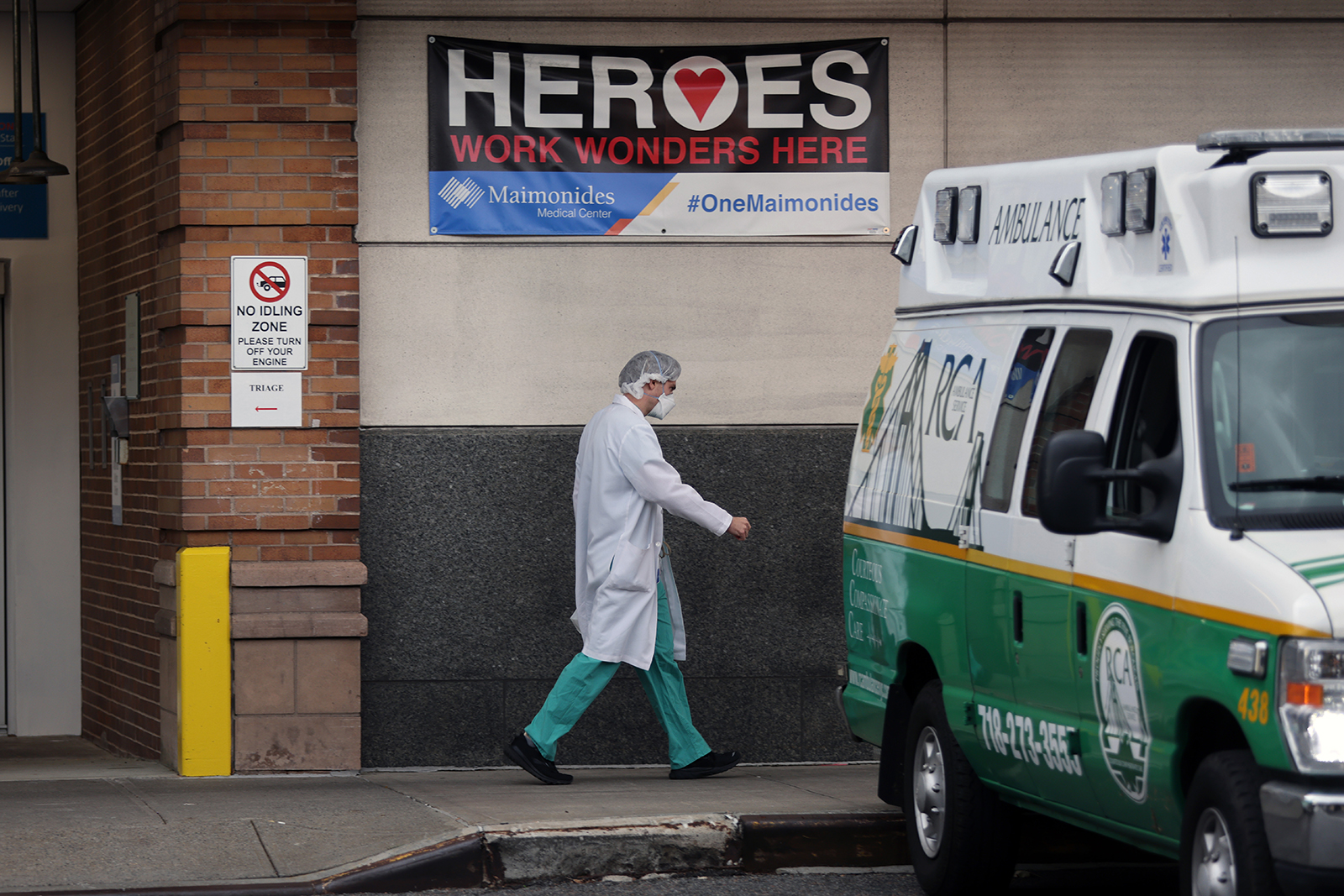The latest on the coronavirus pandemic and vaccines

The 911 emergency call system is struggling to stay together, said the American Ambulance Association, which represents all of the nation’s ambulance services.
“The 911 emergency medical system throughout the United States is at a breaking point,” Aarron Reinert, the president of the American Ambulance Association, wrote in a recent letter to the Department of Health and Human Services. “Without additional relief, it seems likely to break, even as we enter the third surge of the virus in the Mid-West and West.”
CNN obtained a copy of the letter, which was dated Nov. 25, on Wednesday.
Reinert said in the letter that public and private ambulance services in all 50 states must have additional funding in order to continue providing the services they have supplied since the pandemic began last spring.
“Similar to hospitals and many skilled nursing facilities, ground ambulance service providers and suppliers since March have been serving their communities in a disproportionate manner to their traditional role in the Medicare program,” Reinert wrote in the letter.
“Given the substantially heavier burden that AAA members are carrying during the pandemic, we reiterate our request for HHS to provide additional funding from the Congressionally allocated dollars for the Provider Relief Fund specifically to ground ambulance service providers to ensure the stability of these essential providers and suppliers as the country continues to battle the pandemic,” he said.
The trade group is asking for $2.6 billion from HHS to prevent the emergency medical system from buckling under the weight of the pandemic.
The organization’s CEO Maria Bianchi told CNN the money would mean every single ambulance in the US, regardless of affiliation, would get $43,500 to help with supplies, such as personal protective equipment, and continued operations.
Bianchi described the current situation with ambulance services as a “rubber band stretched to the breaking point.”
“What is happening is you’re seeing services stretched and stretched and stretched and stretched, like a rubber band, and we’re still being pulled,” she said. “I think the concern is that rubber band breaking and that we’re close to that point.”
The US has just under 60,000 ambulances, Bianchi said, and the American Ambulance Association represents all of them.
“It has never been this bad and we are we are looking for a tonic, something that can help us to alleviate this surge, so that that does not happen, so that someone doesn’t call 911 and a unit doesn’t arrive within the appropriate amount of time to help that person,” she said.
![]()


